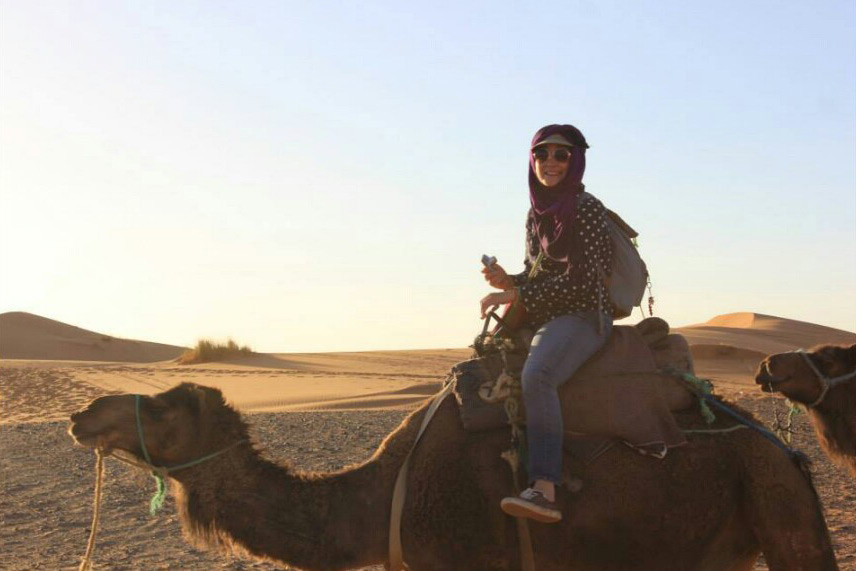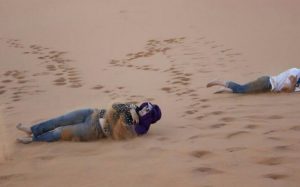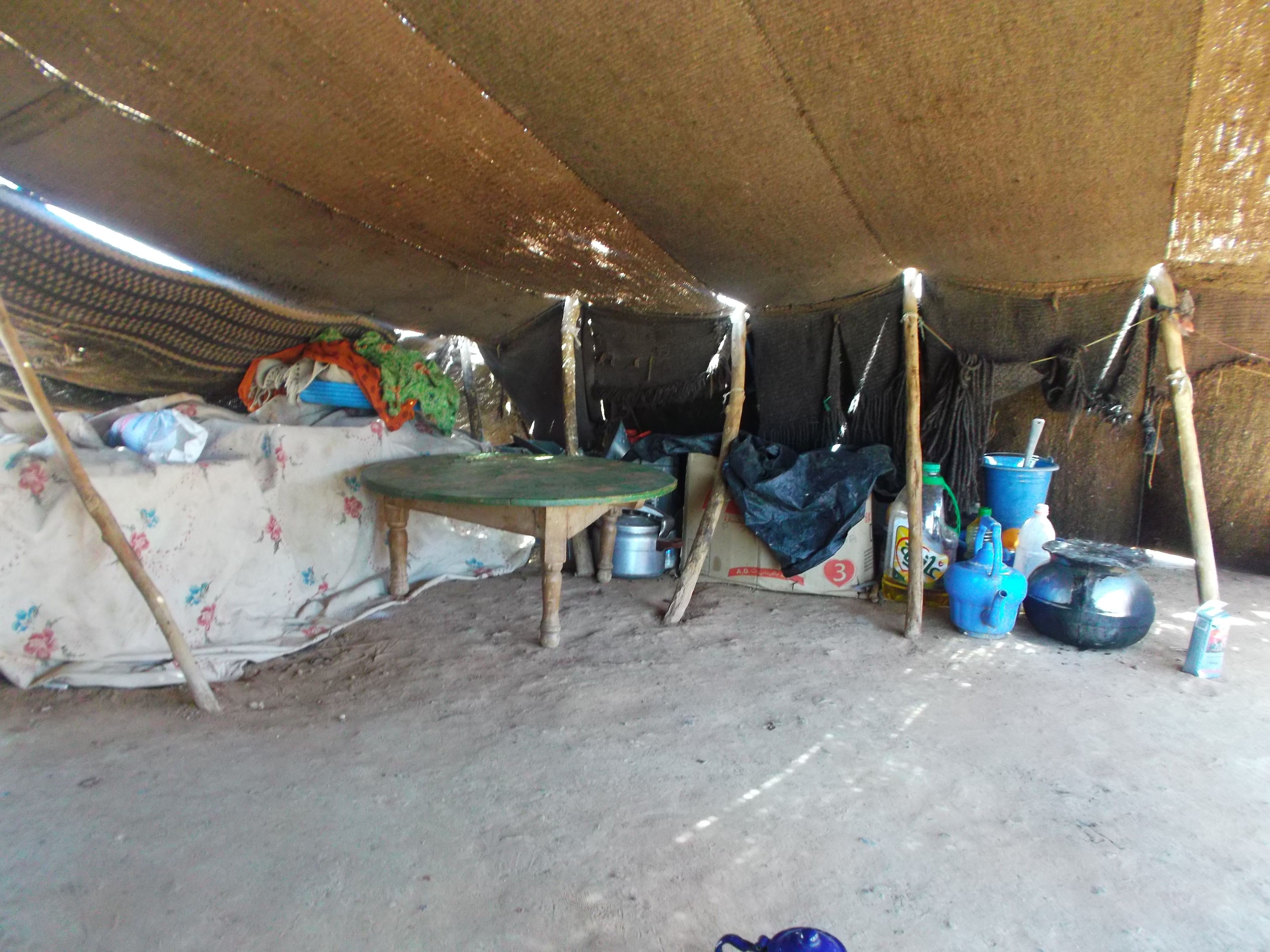
A different desert
Greetings from Merzouga! We are currently staying at a beautiful hotel in this small town just on the edge of the Sahara desert. After a one night and day adventure in this desert, the swimming pool here has never been so refreshing. In the last 48 hours, we rode camels to our overnight stay among the dunes and had a Jeep tour of the desert the next day. After showering, the amount of sand on the bottom of the shower now could be its own desert!


What an experience this camel trek was. Between going up and down the dunes on my four-legged friend, watching the sunset from the top of a six-story dune and gazing at the stars that night, I was in awe. (To all fitness enthusiasts: Hiking a sand dune is easily one of the craziest cardio workouts out there. Just saying.) It seemed unreal as the sun set over this vast landscape, turning the dunes into these vibrant hues of orange and red, and then into darkness surrounded by stars. Never have I ever seen the sky like that than in the Sahara. As I laid down and looked up, I wondered which was more infinite: the stars shining above me or the grains of sand underneath me?
The next morning some Jeeps picked us up for the tour of the Sahara. Sand dunes, grazing camels, exotic-looking desert plants and rock formations whizzed by as our driver cranked some Moroccan tunes on the stereo. We stopped at several interesting sites such as an old abandoned French colony next to a lead mine that was still in use and dark black rock formations jutting out of the sand, saturated with fossils of ancient sea life. Perhaps the most interesting part of the tour for me was visiting the home of a small nomadic family in the desert. Several other nomadic families were spread out along this seasonally dry river bank, where they live in huts constructed of branches, tapestries and various other objects and obtain the things they need in the nearest town about once a month. We sat in the space equivalent to a living room and were served mint tea that was made with water from a well about one km away.
Personally, I myself and some others in the group felt very intrusive coming into their home for a visit. We were basically an unannounced group of foreigners coming into their living room for tea. Even though it is a norm in this area for tourists to drop in, I still felt initially uncomfortable. They only spoke traditional Berber dialect, so not even those who spoke Darija could communicate. So there I was, an American university student, sitting in the home of people with a completely different income, lifestyle, language and life story. It was definitely a very different experience.
However, it truly made me reevaluate myself, my situation in this world and my own definition of sustainable development. These families are members of their community, living out their lives in the only ways that they know and are proud of. A good point was made in our group discussion later that day was that they are not better or worse off, they are simply different. It would be narrow-minded to view them with our own values and norms and take pity on their different lifestyles. In fact, through their own lens, they may have reasons to pity us. I left the hut realizing even further that development and quality of life are so highly contextual. No matter how much we try to assign our own definitions to other places and people, there will never be one single method or understanding. It’s all about the lens one sees it through.

